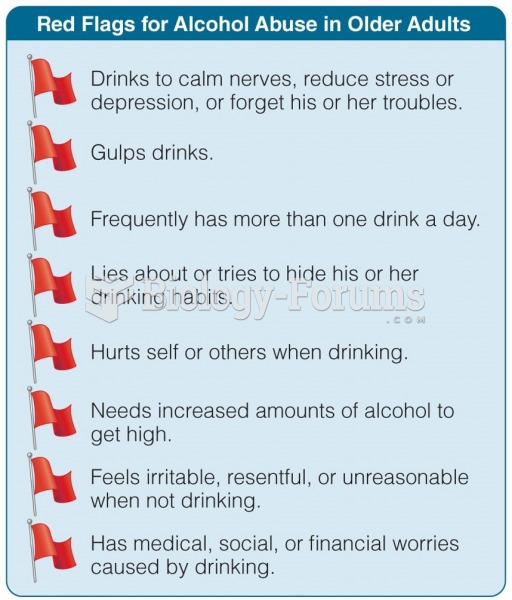Answer to Question 1
Ans: B
Feedback:
The nurse should get out of swinging distance and speak in calm, reassuring voice and slow down actions toward the client because the client perceives the sudden hurried actions of the nurse as a threat and is acting out to protect himself. Using medication restraint is unnecessary as the best first action because behavior management should be tried before medications. Physical restraint at this point of time would increase the client's agitation and anger. Speaking loudly would also increase the client's behaviors, and there is no evidence that the client has difficulty hearing since he spoke in a soft voice in the past.
Answer to Question 2
Ans: A, C, D
Feedback:
Nursing burnout may occur on busy high acuity units, which become understaffed, or when nurses are not appreciated for their experience by resident physicians or others who may ignore what they have to say. Often times the nurse who is a perfectionist wants everything done just right for all of the clients, and often feels to be perceived as being weak if he/she asks for help from others. Nurses need to approach the nursing care as a team and support each other. The team needs to always look for the signs of burnout and always be willing to help each other. It is best for a nurse to have a close friend who listens so the nurse may vent about the stress and work situation, but not identify any of the clients. Working longer will add to the burnout. Involving the team to identify the problems of the work environment and eliciting help from administration to provide solutions is the best way to decrease the hectic work environment that increases the stress and burnout. Taking a break when stress builds and use relaxation techniques is helpful to reenergize. Jumping from one unit with problems to another is not helpful because all units experience problems from time to time.






